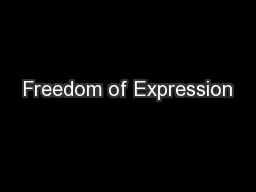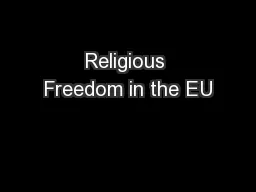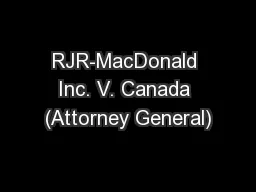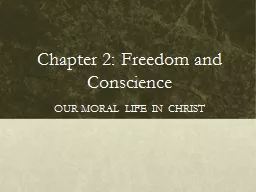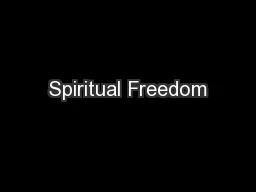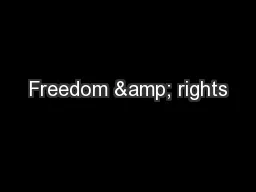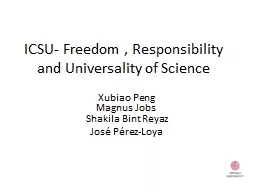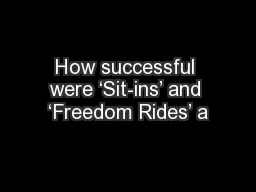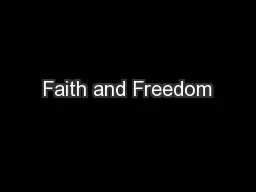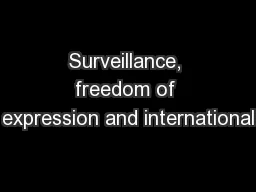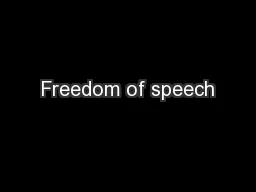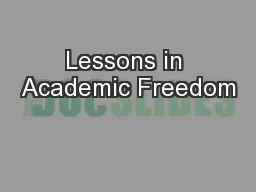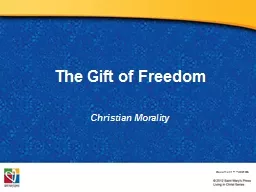PPT-Freedom of Expression
Author : tatyana-admore | Published Date : 2016-11-05
Equality Hate Speech ILGA Europe Annual Conference 18 October 2012 Dublin Ireland Andrew Smith Legal Officer ARTICLE 19 Website wwwarticle19org Twitter article19law
Presentation Embed Code
Download Presentation
Download Presentation The PPT/PDF document "Freedom of Expression" is the property of its rightful owner. Permission is granted to download and print the materials on this website for personal, non-commercial use only, and to display it on your personal computer provided you do not modify the materials and that you retain all copyright notices contained in the materials. By downloading content from our website, you accept the terms of this agreement.
Freedom of Expression: Transcript
Download Rules Of Document
"Freedom of Expression"The content belongs to its owner. You may download and print it for personal use, without modification, and keep all copyright notices. By downloading, you agree to these terms.
Related Documents

